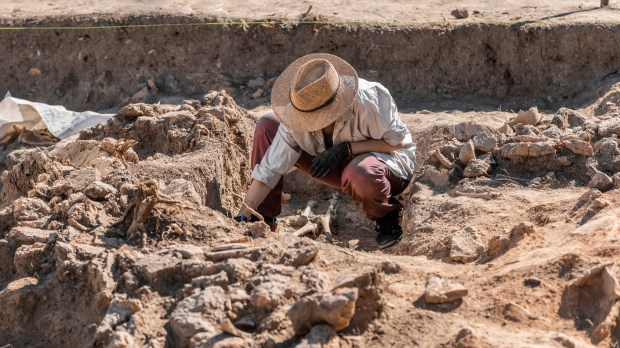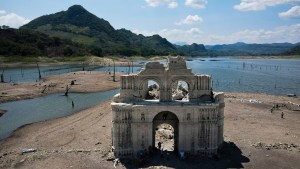For the first time, archaeologists have begun working on the abandoned remains of the Himmelpforte monastery. The dig, directed by the State Office for Heritage Management and Archaeology Saxony-Anhalt, was able to locate some of the monastery’s former buildings, uncovering numerous artifacts that tell of the everyday life of the Augustinian monks who once lived here.
The Augustinian monastery of Himmelpforte, in Central Germany, was founded before 1253. It soon became an important religious, cultural, and economic center in the region – as is often the case with most major monasteries. It was looted during the German Peasants’ War in 1525 and then dismantled during the Reformation. Soon enough the buildings were almost demolished. In fact, not even its exact location was known. Until now.
As read in the note published by Medievalists.net, archaeologists are now doing some research on the monastery site with the support of the neighboring city of Wernigerode. By using geophysical prospecting, the first indications of relics preserved in the ground were found: A rather small but stately monastery complex with the church in the north and the cloister buildings to the south, arranged around a cross-shaped courtyard, was discovered. Their remnants are currently being examined with an excavation section 50 meters long and 2 to 5 meters wide.
This year’s excavation, the note explains, was led by Prof. Dr. Felix Biermann. “Excavation pits of stone looters and foundations clearly trace the plan of the church and the monastery buildings,” Biermann told Medievalists. “Particularly impressive are the more than 1-meter-high foundations of a large late Gothic building with powerful buttresses, which was attached to the south wing of the cloister. It was probably the monks’ dining room, the so-called refectory.”



